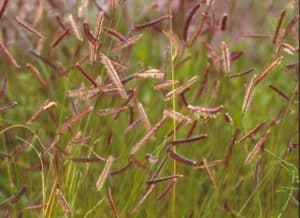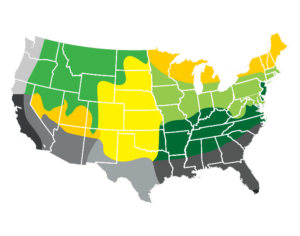As their name suggests, native plants are indigenous to the region in which they grow. Over the span of many generations, plants develop and adapt to particular regions, ecosystems and habitats without human intervention.

Though they require close care and attention during establishment, native plants are fairly simple to maintain. Because they are accustomed to their region, they require less water, fertilizer and care – that’s the beauty of them! Not only that, they also offer a wealth of other benefits:
- Adaptable – Many native plant species can thrive when planted in many different conditions.
- Easy Care – Because native plants have adapted to specific regions over many centuries, they need little care to thrive.
- Conserve Water – Many native plant types have deep root systems that can help stabilize soil, increasing their capacity for holding moisture.
- Add Color – A wide variety of plants with colors and textures can be selected or mixed for your unique needs.
- Attract Wildlife – Native plants, like native grasses, provide ample forage and cover to wildlife.

If you’re thinking of adding native plants to your landscape, keep these things in mind:
- Choose native plants that thrive in your region and growing conditions (temperature, rainfall, soil type). Not sure which region you live in? Check out the map above.
- Avoid the common mistake of planting seeds too deeply.
- Take note of the planting season and requirements when planting your specific species.
- Don’t be discouraged if your native plants don’t show much growth at first. Some species can take one to two years to show growth and up to four years to be fully established.
We offer in-stock regional mixes or we can create a custom blend just for your needs. Contact us for recommendations on specific elements of color, adaptability and cost to ensure the best possible results for your individual planting needs.








